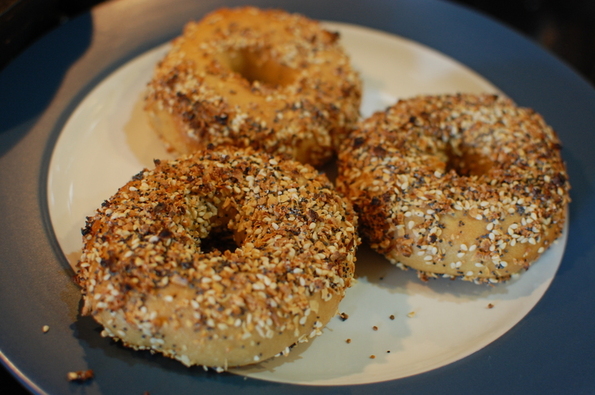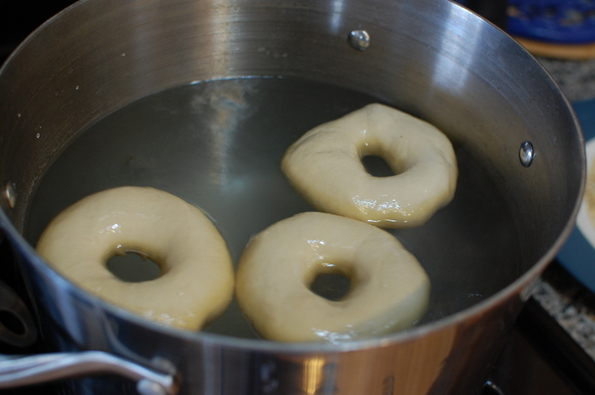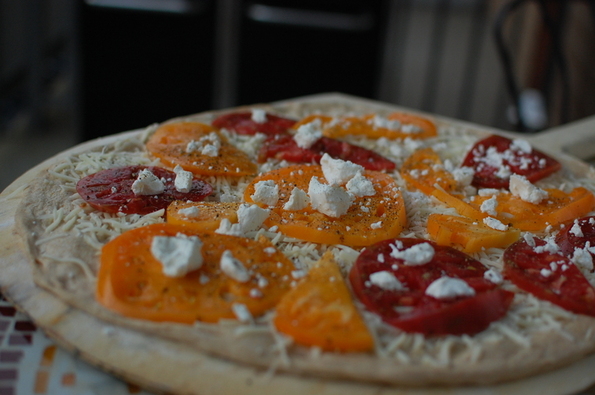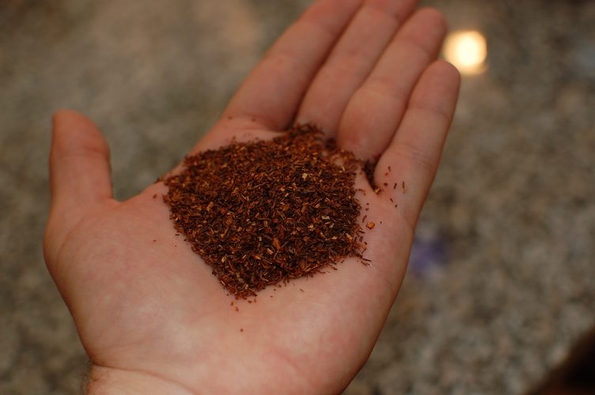I still vividly remember the first time I had a real, New York bagel — I was an intern in lower Manhattan, about a week into my first rotation in the world of finance. Fridays anywhere are permeated with that pleasant tingle of an impending weekend, but something about the 13 hour days in my old office made everyone extra giddy when that last day rolled around. That specific Friday, one of the salespeople brought in bagels and lox for breakfast — maybe nothing special to the veteran New Yorkers in the room, but to a guy that had previously only eaten Einstein's and Great American Bagels, these were a revelation.
Monthly Archives: August 2011
Heirloom Tomatoes are Always the Star
If there is one item of produce that I most eagerly await every summer, it is the heirloom tomato. They’re definitely good enough to eat by themselves — I usually just slice them up and add a bit of salt — but added to a dish, they take the food to another level. Dishes with heirlooms should keep other flavors simple and clean, so that the bright freshness of the tomatoes isn’t hidden behind loads of other strong tastes. They simply don’t need it.
Drink Rooibos
This summer, I lost air conditioning mere days before a 90+ degree, month-long heat wave. Some might say it was my fault for selling my window AC on Craigslist a few weeks too early in anticipation of a move to a climate-controlled building, but the fact remains that it was HOT. Without any sort of air cooling, I resorted to drinking large quantities of cold beverages, with lots of ice, to stay cool and hydrated.





